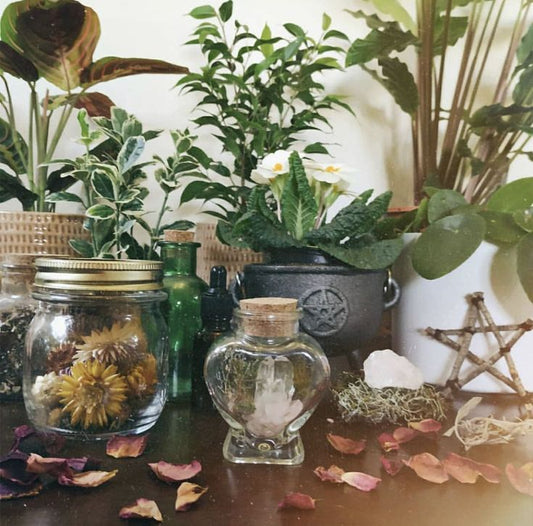Real vs Fake Crystals: How to Tell the Difference
Crystals have become very mainstream recently thanks to TikTok and pop culture stores like Five Below. When it comes to crystals, authenticity is crucial to know their value and metaphysical properties. But how can you tell if a crystal is real? There are a few key factors to consider when determining the authenticity of a crystal.
Color and Pattern
Some crystals are dyed and passed off as being a different crystal. A common example is howlite, which is often dyed blue and passed off as turquoise. Agate and quartz are also frequently dyed. If the color looks too saturated to be real, it probably isn’t.
Anything with a perfectly symmetrical pattern is likely man made. A common example is fake malachite, which usually has thick and uniform stripes. (Fake malachite also usually has black stripes - real malachite only has shades of green!)
Temperature
Real crystals feel cold to the touch when left in a room temperature environment. They will also not melt or warp under a flame.
Price & Seller
Crystals are typically not cheap (with a few exceptions such as quartz). The easiest way to know if it is real is to think “If I walked into a reputable jewelry store, would they sell me real turquoise, opals, or diamonds for this price?”
It's also worth considering the source and reputation of the seller. Reputable sellers will often provide information about the origin and authenticity of their crystals. They may also offer certifications or guarantees of authenticity from trusted sources. (Note: certificates are generally only provided for expensive or rare stones, such as moldavite.)
If you aren't sure, the best advice is to seek guidance from experts or experienced crystal collectors. There are various online communities and forums where you can seek advice and share images for validation.
Further Resources:


